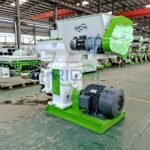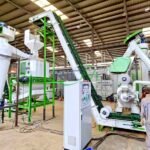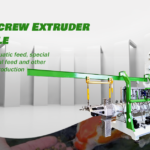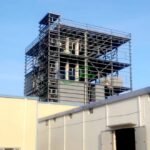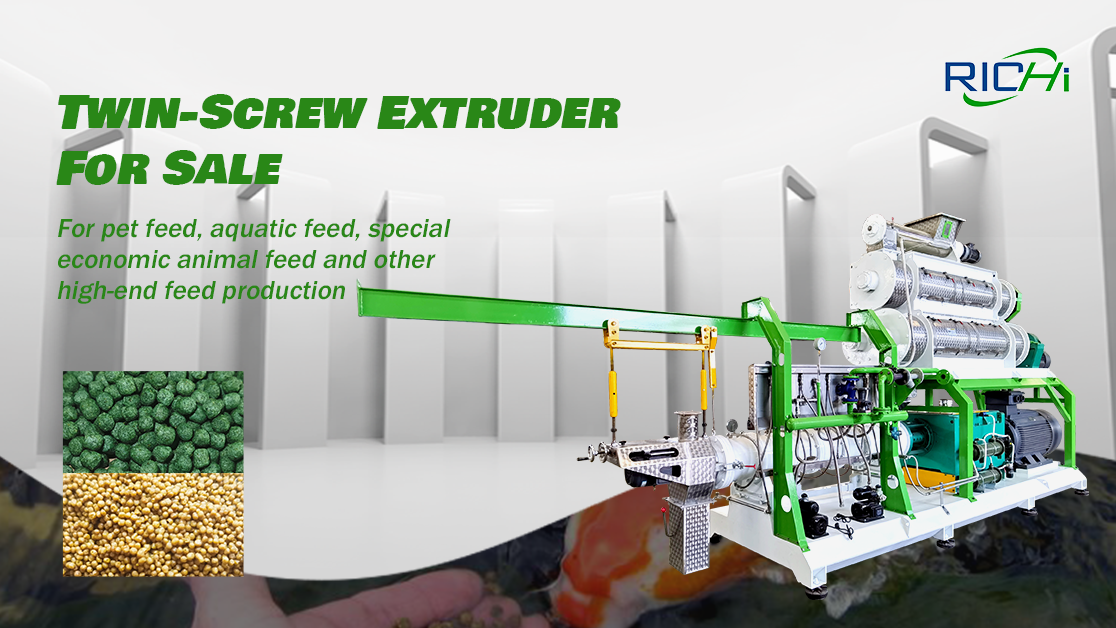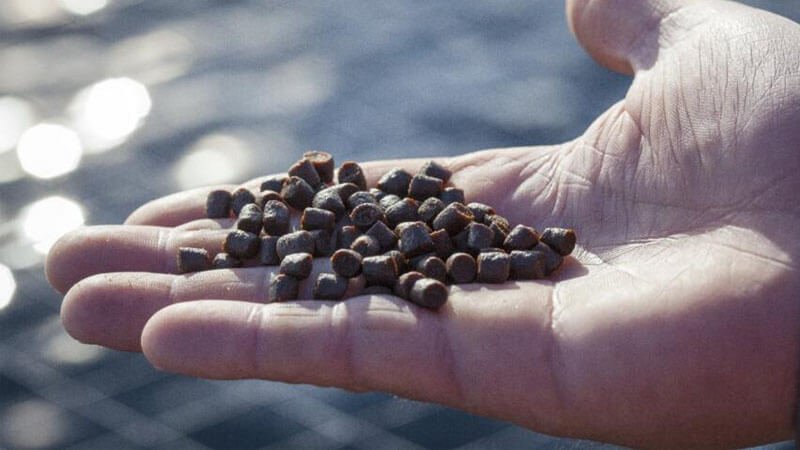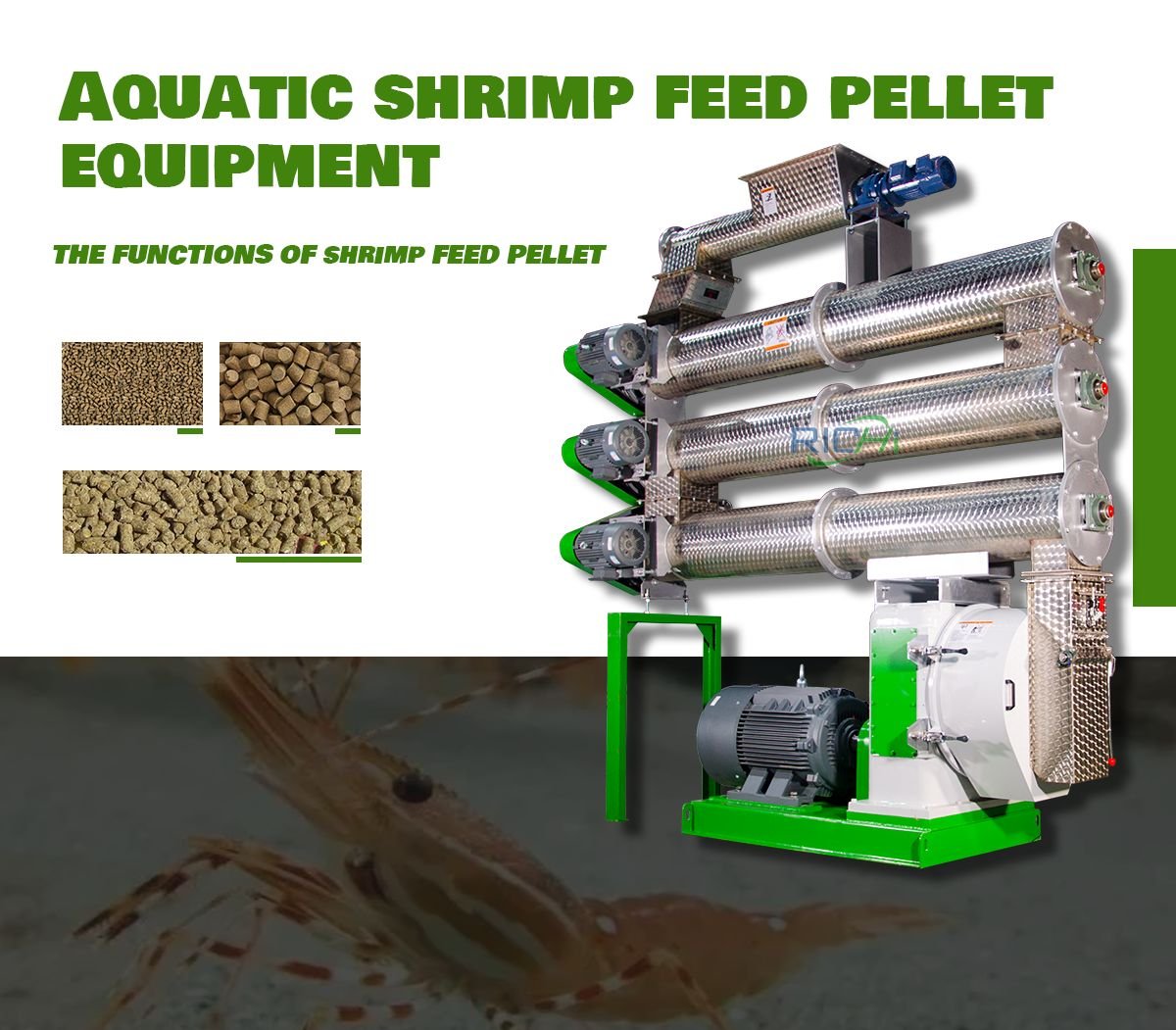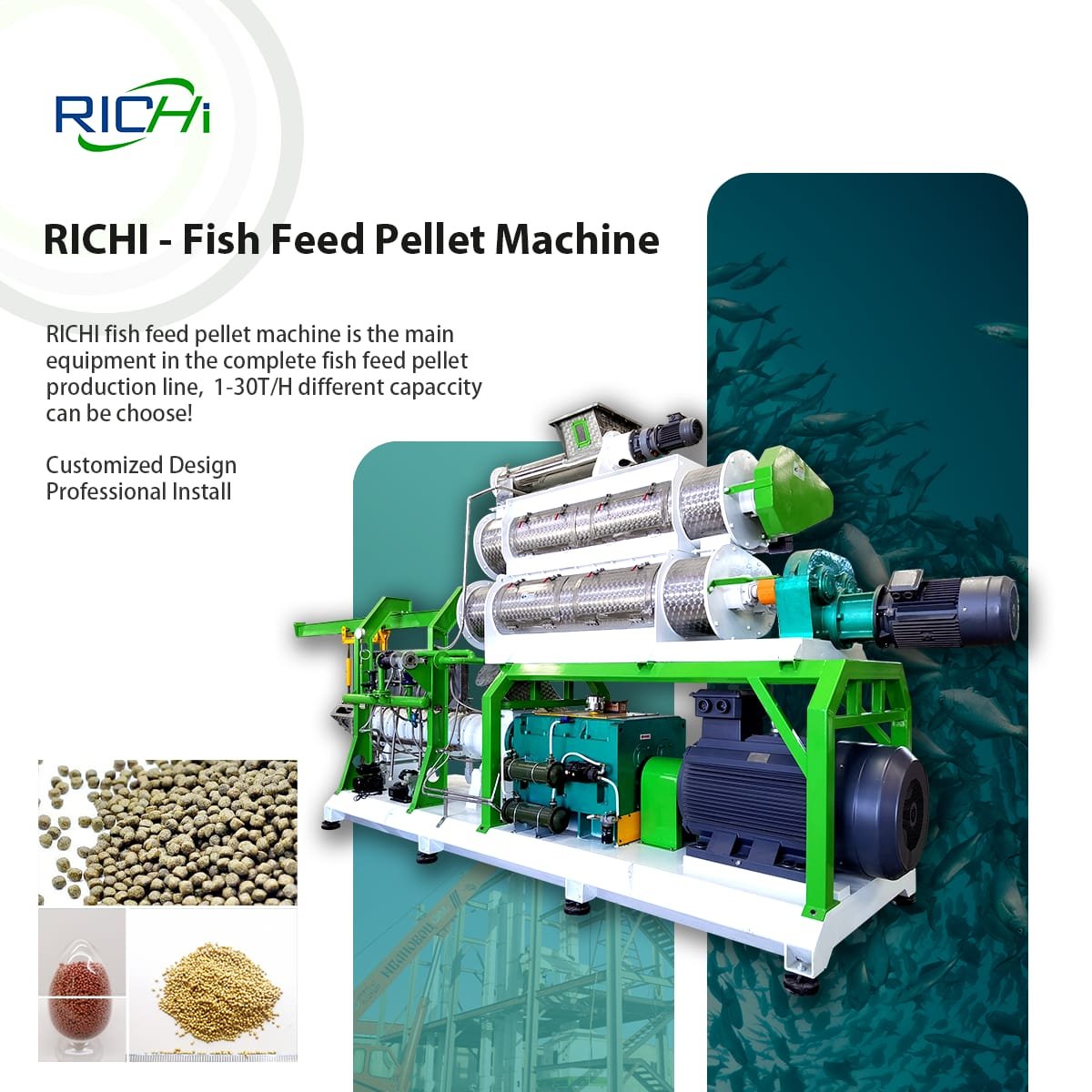The aquaculture industry has seen significant growth in recent years, driven by the rising global demand for seafood. To satisfy this demand, fish farmers require high-quality, nutrient-rich feed that supports the health and growth of their aquatic livestock. Feed production machinery plays a vital role in the manufacturing of aquatic feed, ensuring consistency, efficiency, and cost-effectiveness. This article examines the key machines and processes involved in the production of aquatic feed.
Raw Material Handling Equipment
The first step in the aquatic feed production process is the efficient handling of raw materials:
- Silos: Silos are crucial for storing bulk raw materials like fish meal, soybean meal, and grains. They help preserve the quality of the feed ingredients and provide easy access for processing.
- Screw Conveyors: These machines transport raw materials from storage silos to the processing area. They are efficient and capable of handling a variety of feed ingredients.
- Weighing and Batching Systems: Accurate measurement of raw materials is essential for the correct formulation of feed. Automated batching systems weigh and mix ingredients according to specific recipes, ensuring consistency in the final product. (Related post: feed factory machines)
Grinding Machines
Grinding is a critical process that reduces raw materials into smaller particles, improving the digestibility of the feed:
- Hammer Mill: A hammer mill is commonly used to grind grains, fish meal, and other ingredients into fine particles. For aquatic feed production, a hammer mill with a capacity of 30-55 kW is typically employed. This machine ensures a uniform particle size, which is crucial for optimal feed efficiency.
Mixing Equipment
Once the raw materials are ground, they must be thoroughly mixed to achieve a homogeneous feed blend:
- Paddle Mixer: A paddle mixer combines the ground ingredients uniformly. A single roller double paddle mixer with an 11 kW motor is suitable for this purpose. Proper mixing ensures that nutrients are evenly distributed throughout the feed.
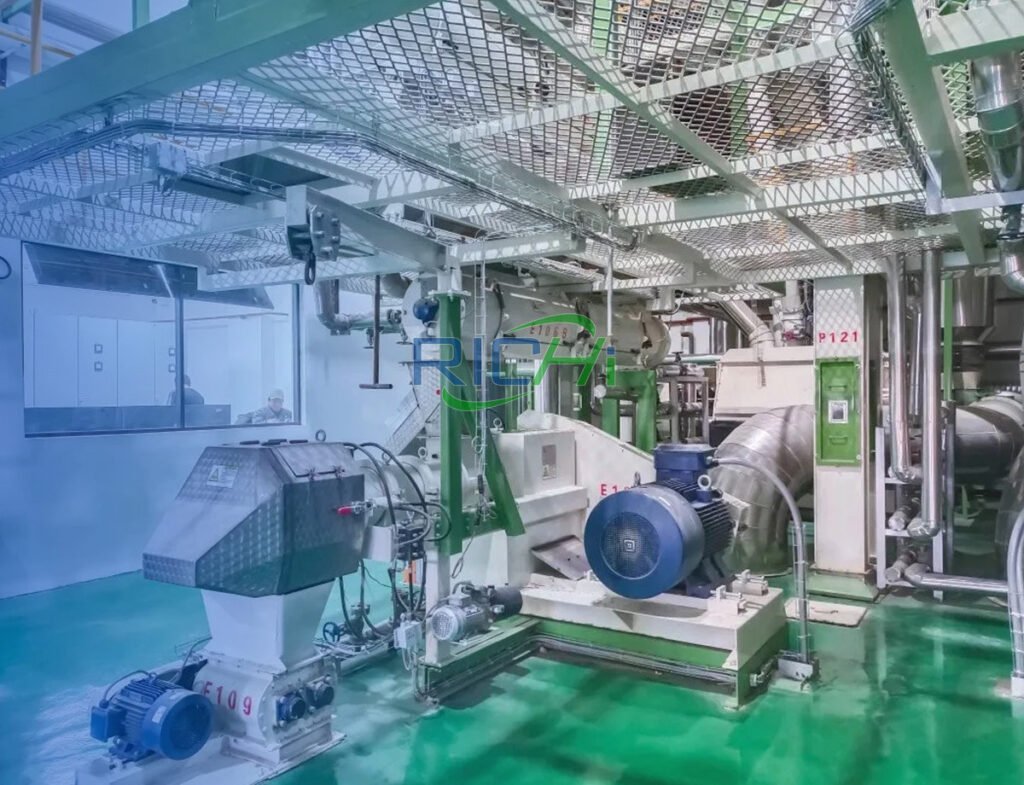
Extruding Machines
Extrusion is a key process in aquatic feed production, as it creates either floating or sinking pellets:
- Single Screw Extruder: A single screw extruder is often used to produce floating fish feed pellets. This machine compresses and cooks the feed mixture, forcing it through a die to create the desired pellet shape and size.
- Twin Screw Extruder: A twin screw extruder is commonly used for producing sinking fish feed pellets. This machine provides more intense mixing and shearing, resulting in a denser pellet that sinks in water.
- Pellet Die: The pellet die determines the size and shape of the extruded pellets. Different dies can produce pellets ranging from 1 to 8 mm in diameter, depending on the target species and their life stages.
Drying and Cooling Equipment
After extrusion, the feed pellets must be dried and cooled to ensure quality and stability:
- Dryer: A dryer, such as a rotary or belt dryer, reduces the moisture content of the extruded pellets. This step is essential for preventing mold growth and ensuring the long-term stability of the feed.
- Cooler: A counter-flow or cross-flow cooler is utilized to lower the temperature of the dried pellets to ambient levels. Proper cooling helps maintain the quality and palatability of the feed.
Screening and Coating Equipment
To ensure uniformity and add additional nutrients, the feed pellets may undergo screening and coating:
- Vibrating Screen: A vibrating screen separates the cooled pellets by size, removing any fines or oversized pellets. This step ensures that the final product meets the desired specifications for aquatic feed.
- Coating Drum: A coating drum is used to apply liquid additives, such as fish oil or attractants, to the surface of the pellets. This process enhances the nutritional value and palatability of the feed.
Packaging Machines
The final step in the production process is packaging the finished feed for storage and distribution:
- Packing Machine: A packing machine bags the finished pellets into appropriate packaging, such as 25 kg or 50 kg bags. This equipment ensures accurate weighing and sealing of the bags, facilitating easy handling and transportation.
Dust Collection System
To maintain a clean and safe working environment, a dust collection system is essential:
- Dust Collector: A dust collector captures airborne dust generated during the grinding and extruding processes. This system improves air quality and reduces the risk of fire hazards.
Control and Automation Systems
Modern feed production facilities often integrate advanced control and automation systems to enhance efficiency:
- PLC Control Center: A programmable logic controller (PLC) manages and monitors the entire production process, allowing operators to control and adjust parameters as needed for optimal performance.
- Sensors and Monitors: These devices track critical parameters such as temperature, moisture, and flow rates, ensuring that the production process remains efficient and consistent.
Conclusion
Producing high-quality aquatic feed necessitates specialized machinery that can handle the unique characteristics of the ingredients involved. From raw material handling and grinding to mixing, extruding, drying, cooling, screening, and packaging, each piece of equipment plays a critical role in ensuring that the final product meets the nutritional needs of aquatic animals.
When selecting machinery for aquatic feed production, factors such as capacity, raw material compatibility, energy efficiency, customization options, and maintenance support should be carefully evaluated. By investing in the right equipment and following best practices in feed manufacturing, aquaculture producers can ensure a consistent supply of nutritious and palatable feed for their fish, leading to improved growth rates, feed conversion ratios, and profitability.
As the aquaculture industry continues to expand, the demand for efficient and cost-effective feed production solutions will only increase. By leveraging the capabilities of modern feed production machinery, aquatic feed manufacturers can optimize their operations, reduce costs, and contribute to the sustainable development of the aquaculture sector globally.
For details please contact: Richi Pellet Machine
WhatsApp:86 138 3838 9622
Email:enquiry@richipelletmachine.com


